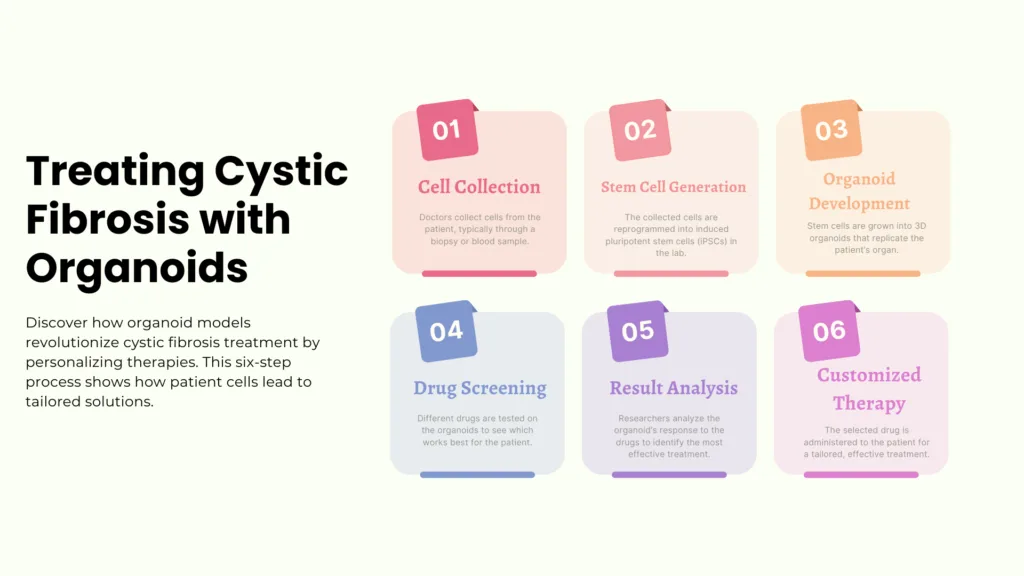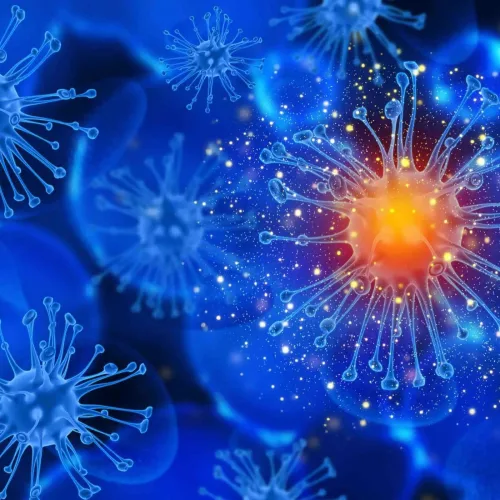As we know, the world is changing rapidly. New discoveries are being made, and new technologies are emerging. Similarly, transformations are also taking place in the medical field. In laboratories, tiny cells are being created that respond to drugs in exactly the same way real human cells do. This is exactly what small, 3D structures known as organoids do. These tiny organs are made from human stem cells. They are used in different studies. Examples include disease modeling and drug discoveries. As we know, the various experiments we conduct on animals do not apply effectively to humans. On the other hand, these organoids gives us confidence that we can use them to understand how something will work in our bodies. In this guide, I will give you everything you need to know about organoids for disease modeling and drug discovery.
What Are Organoids?

Firstly, we need to understand what are organoids and how they work. Organoids are 3D structures that are grown from stem or progenitor cells. They work very much like organs. In laboratories, they are supported to grow, because they look and work like real organs. They are considered remarkable tools for scientific developments.
There are many types of organoids, each one is performing his task. For example, brain organoids help in studies related to the brain, while cells that are designed for cancer, they help in cancer research.
| Organoid Type | Source Cells | Time to Grow | Main Uses |
|---|---|---|---|
| Intestinal Organoids | Adult stem cells | 10–14 days | IBD models, Gut diseases, drug testing |
| Brain (Cerebral) Organoids | iPSCs | 30–60 days | Neurodevelopment, Zika virus research |
| Liver (Hepatic) Organoids | Adult hepatic progenitors | 14–21 days | Drug metabolism, hepatitis modeling |
| Tumoroids | Cancer cells | 7–14 days | Personalized oncology, chemo-efficacy assays |
Now, let’s try to explain this topic in more depth.
Organoids for Disease Modeling
Organoids are used to study models of various diseases, including cancer, genetic disorders and various infectious diseases. These organoids are highly beneficial for the scientists, as it allows them to understand that how these cells work within the human body. They are helpful in determining the appropriate treatments, making them incredibly valuable in medical research. As Dr. Jane Doe said;
Organoids let us test hundreds of drugs on a patient’s cells, finding what works fast.
Genetic & Rare Diseases
Cells are taken from patients and merged with organoids, to treat genetic diseases. For example, in cystic fibrosis, organoids clearly show how a medicine can effectively repair defective proteins. Doctors get confidence with such kind of treatments as they help in selecting the best therapy for each patient. I must say organoids play a crucial role in this process. Moreover, check this chart for more details.

Infectious & Inflammatory Models
Organoids are also used in the study of infectious diseases. For example, studies on brain organoids have shown that how the Zika virus damages the developing brains of children. Intestinal organoids can be helpful in treating infectious diseases like inflammatory bowel disease.
Organoids for Drugs Discovery
Organoids are helping us a lot in testing and developing new drugs. Researchers find useful treatments by analyzing the exact model of drugs for the particular disease. Organoids also help researchers to find out whether a drug might be toxic. If a drug found to be toxic, appropriate measures can be taken to tackle it. In this way, organoids play an essential role in disease modeling. I have composed a report in table formate that shows how organoids predict treatments. Here is an example you can consider:
| Disease | Type of Organoid | Predicted Treatment | Major Results |
|---|---|---|---|
| Cystic Fibrosis | Lung Organoids | Protein-repairing drugs | Drugs effectively repair defective proteins |
| Zika Virus Infection | Brain Organoids | Antiviral therapies | Demonstrated how Zika damages fetal brains |
| Liver Diseases | Liver Organoids | Hepatoprotective drugs | Identified toxicities and treatment effectiveness |
| Cancer | Cancer Organoids | Targeted chemotherapy | Assessed drug responses for specific tumors |
| Gastrointestinal Issues | Intestinal Organoids | Probiotic or anti-inflammatory therapies | Improved understanding of gut conditions |
For detailed data, check this clinical trail report.
Challenges and Limitations of Organoids in Research

While organoids offer many benefits, they also have certain limitations. According to a 2023 survey by molecular Devices, approximately 40% of scientists are using complex organoid models. These models face challenges like reproducibility and batch to batch consistency. Scaling up organoids for large scale drug screening also poses significant challenges. Overcoming these hurdles requires advanced bioengineering techniques and careful ethical considerations.
However, continuous developments are being made in the field of organoids. The integration of Artificial Intelligence and Machine Learning is a significant step ahead. This will further enhance organoid technology. It will also help in challenges from neurodegenerative diseases to regenerative tissues.
Conclusion
I really appreciate that organoids give us human-like models without harming animals. Organoids are playing a crucial role in disease modeling and drug discovery, and transforming science. As organoid technology continues to develop, its role in medical research will become even more integrated. It will allow us to better understand diseases and develop more effective treatments.
Topic Related Questions
Organoids are 3D mini-organs from stem cells with real organ features. Spheroids are simpler 3D cell structures.
They test drugs quickly, check safety, and match treatments to patients.
Keeping them the same every time and growing lots of them is tricky.
They cut down on it, but don’t fully replace it yet for big-body studies.




